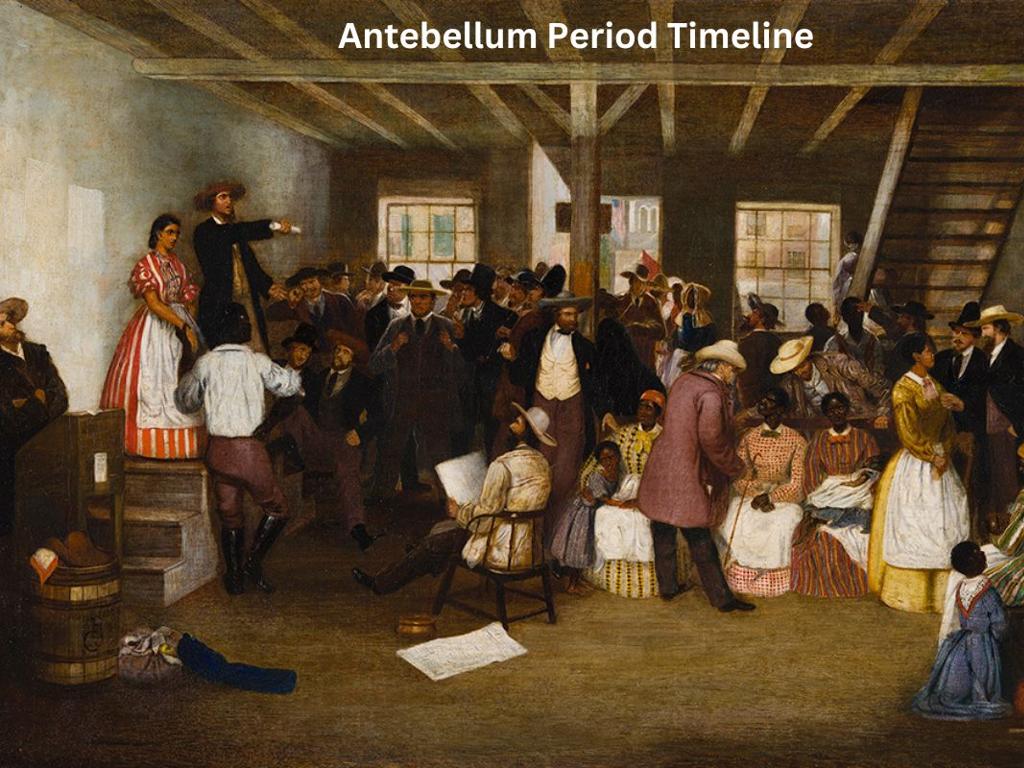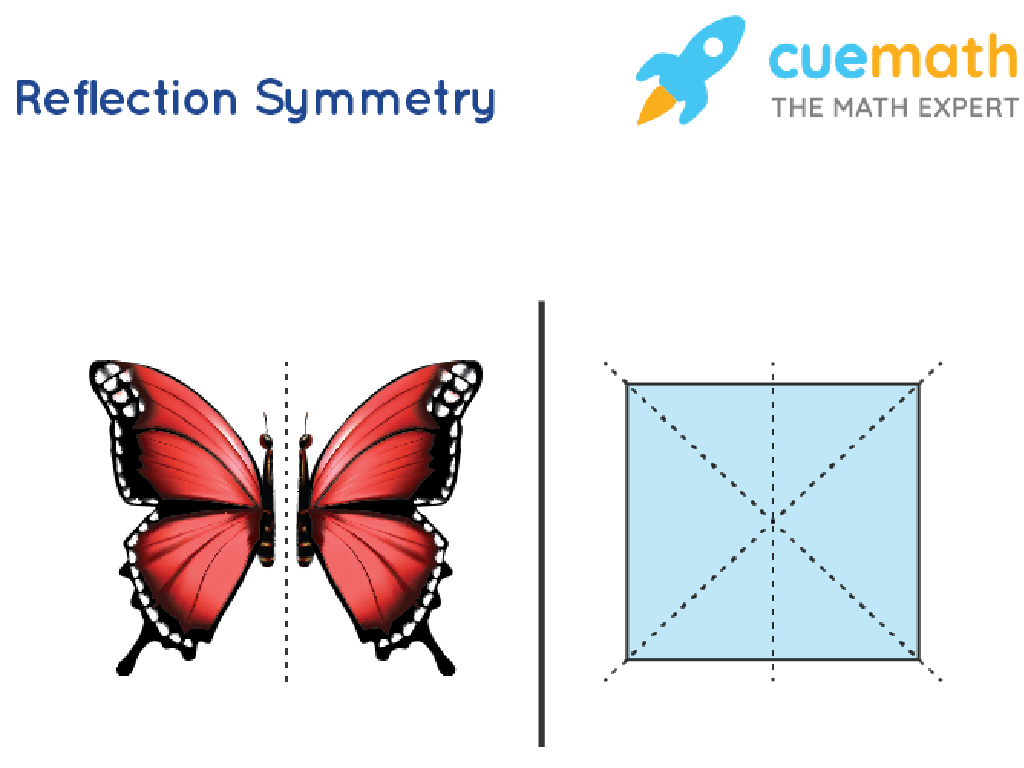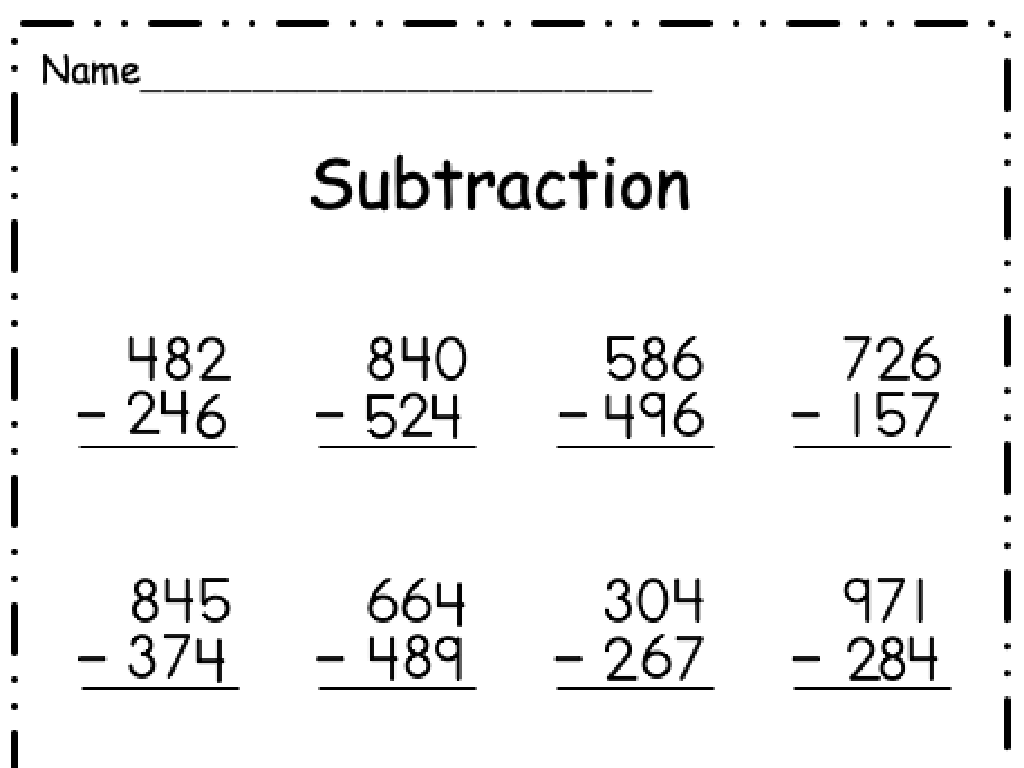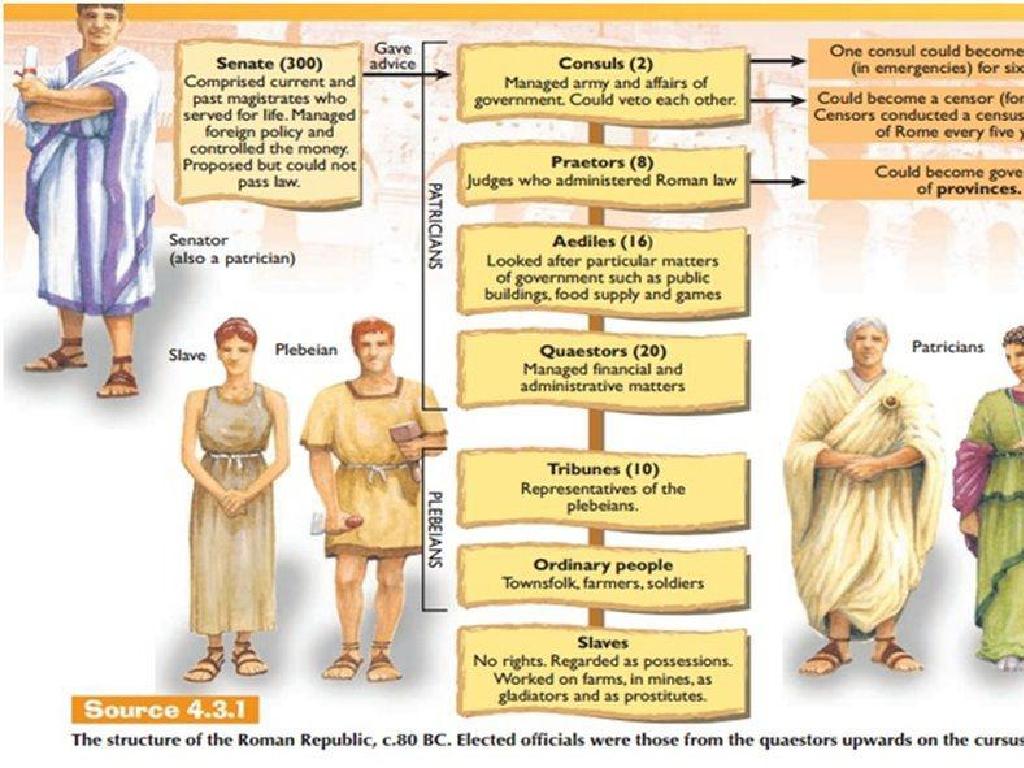Select Three-Dimensional Shapes
Subject: Math
Grade: Second grade
Topic: Three-Dimensional Shapes
Please LOG IN to download the presentation. Access is available to registered users only.
View More Content
Welcome to 3D Shapes!
– What are 3D shapes?
– Shapes with length, width, and height
– Importance of 3D shapes
– Helps us understand the world around us
– Daily life 3D shape examples
– Balls are spheres, boxes are cubes
– Fun 3D shape activity
|
This slide introduces second-grade students to the concept of three-dimensional shapes. Begin by explaining that unlike flat shapes, 3D shapes have three dimensions: length, width, and height. Emphasize the importance of 3D shapes by explaining how they help us understand and interact with the world around us. Provide relatable examples such as balls representing spheres and boxes representing cubes. Conclude with a fun activity where students can bring or identify everyday objects that match 3D shapes they’ve learned. This will help solidify their understanding and make the learning process interactive and enjoyable.
Exploring 3D Shapes
– 3D shapes have three dimensions
– Length, width, and height define a 3D shape
– Comparing 2D and 3D shapes
– 2D shapes are flat, 3D shapes are solid
– Classroom 3D shape hunt activity
– Find and name 3D shapes in our room
|
This slide introduces students to the concept of three-dimensional shapes by explaining that unlike 2D shapes, which only have length and width, 3D shapes also have height, making them solid objects they can hold. Use examples like a ball (sphere) for 3D and a circle for 2D to illustrate the difference. For the activity, guide the students to look around the classroom and identify objects that match 3D shapes they’ve learned, such as a globe as a sphere or a box as a cube. This hands-on activity will help solidify their understanding of 3D shapes in a fun and interactive way. Prepare to discuss the objects they find and relate them back to the shapes they’ve learned.
Exploring 3D Shapes
– Learn about cubes
– A cube has 6 equal square faces
– Discover spheres
– Spheres are perfectly round, like a basketball
– Understand cylinders
– Cylinders have 2 circle bases and a curved side
– Recognize cones
– Cones have a circular base tapering to a point
|
This slide introduces students to the basic types of three-dimensional shapes. Start by showing real-life examples of each shape: a dice or a box for a cube, a ball for a sphere, a can for a cylinder, and a party hat for a cone. Explain the unique properties of each shape, such as the number of faces, edges, and vertices. Encourage students to touch and hold the objects to better understand the dimensions. After the introduction, have the students participate in a ‘shape hunt’ around the classroom or their homes, identifying objects that match the shapes they’ve learned. This hands-on activity will help solidify their understanding of 3D shapes in a fun and interactive way.
Exploring 3D Shapes: Faces, Edges, and Vertices
– What are faces, edges, and vertices?
– Faces are flat surfaces, edges are lines where faces meet, vertices are corners.
– Counting them on 3D shapes
– Use cubes, pyramids, and spheres to practice counting.
– Building block hands-on activity
– Use blocks to build shapes and identify their parts.
|
This slide introduces the basic components of three-dimensional shapes to second-grade students. Begin by explaining that faces are the flat surfaces of a 3D shape, edges are the lines where two faces meet, and vertices are the points or corners of the shape. Use visual aids like a cube or a pyramid to show these parts. Then, engage the students in a hands-on activity where they use building blocks to construct various 3D shapes. As they build, prompt them to count and record the number of faces, edges, and vertices for each shape. This activity will help solidify their understanding of 3D shapes and their properties. Prepare to assist students who may struggle with the concept and have additional examples ready for clarification.
Let’s Build 3D Shapes!
– Create 3D shapes with playdough
– Use playdough to mold cubes, spheres, etc.
– Learn shapes by making them
– Hands-on activity helps understand form
– Show and tell with your shapes
– Share your creation with classmates
– Discuss shapes as a class
– Talk about the different shapes made
|
This slide introduces a class activity where students will use playdough to create three-dimensional shapes such as cubes, spheres, cones, and cylinders. The hands-on experience will help students understand the properties of these shapes. After creating the shapes, students will participate in a show and tell to share their creations, fostering a collaborative learning environment. The teacher should facilitate a discussion afterward, allowing students to describe their shapes and discuss the differences and similarities they notice. This activity will help solidify their understanding of 3D shapes in a fun and interactive way. Possible variations of the activity could include using different materials, working in pairs, or challenging students to create a specific shape.
3D Shapes in Our World
– Match shapes with real objects
– Cube like a dice, Sphere like a ball
– 3D shapes in design and construction
– Buildings use cylinders, cones in traffic
– Discuss 3D shapes around us
– Class activity: Shape hunt
– Find and list 3D shapes in classroom
|
This slide aims to help students recognize and relate three-dimensional shapes to objects in their daily lives. Start by showing how everyday items resemble 3D shapes, like a dice is a cube, and a ball is a sphere. Explain how these shapes are fundamental in design and construction, such as cylinders in pipes and cones in traffic cones. Engage the class in a discussion to identify where they see 3D shapes in their environment, like a cereal box as a rectangular prism. Conclude with a fun ‘shape hunt’ activity where students search for and list 3D shapes they find around the classroom. This interactive approach solidifies their understanding and makes learning about 3D shapes tangible and enjoyable.
Class Activity: Shape Hunt!
– Explore the school on a shape hunt
– Match objects to 3D shapes
– Look for spheres, cubes, cylinders, and more
– Record findings in shape journal
– Draw or describe the objects in your journal
– Share discoveries with the class
|
This activity is designed to help students recognize and identify three-dimensional shapes in their environment. Encourage them to observe their surroundings and find real-life examples of shapes like spheres, cubes, cylinders, cones, and pyramids. Provide each student with a ‘shape journal’ where they can either draw or write down the objects they find that correspond to each shape. After the hunt, facilitate a discussion where students can share their findings and reflect on the variety of shapes they found. This will help reinforce their understanding of 3D shapes and how they are a part of our everyday world. Prepare a list of possible objects they might find, such as a ball for a sphere, a box for a cube, a can for a cylinder, etc., to guide them in their hunt.
Review and Reflection: 3D Shapes
– Recap of 3D shapes learned
– We explored cubes, spheres, and cones.
– Naming 3D shapes from memory
– Try to recall shapes like a cylinder or a pyramid.
– Finding 3D shapes in our homes
– Look for cans (cylinders) or balls (spheres) at home.
– Understanding shapes in daily life
|
This slide aims to consolidate the students’ understanding of three-dimensional shapes by encouraging them to reflect on what they’ve learned. Start by asking them to recall the shapes discussed in class, such as cubes, spheres, cones, cylinders, and pyramids. Encourage them to visualize and name these shapes without visual aids to reinforce their memory. Then, engage them in a practical activity to identify these shapes in their home environment, which helps them connect classroom knowledge with the real world. This activity not only reinforces their learning but also makes them more aware of the geometry in their everyday surroundings. The teacher should be prepared to guide the discussion, offering prompts and praise as students share their findings.
3D Shapes: Conclusion and Homework
– Excellent work learning 3D shapes!
– Complete the 3D shapes worksheet
– Practice identifying and categorizing 3D shapes
– Bring a 3D shape from home
– Any household item like a can, ball, or box
– Get ready to share your shape!
– We’ll discuss the shapes you find at home
|
Today, we’ve explored the world of three-dimensional shapes, understanding their properties and how to identify them. As homework, students are tasked with completing a worksheet to reinforce their learning. Additionally, they are encouraged to bring an everyday object that represents a 3D shape to class. This will help connect their learning to the real world and prepare them for a show-and-tell activity. The worksheet should include a variety of shapes to identify and sort, ensuring a comprehensive review of the lesson. Remind students to look for objects of different shapes, such as spheres, cubes, and cylinders, to bring to class.






